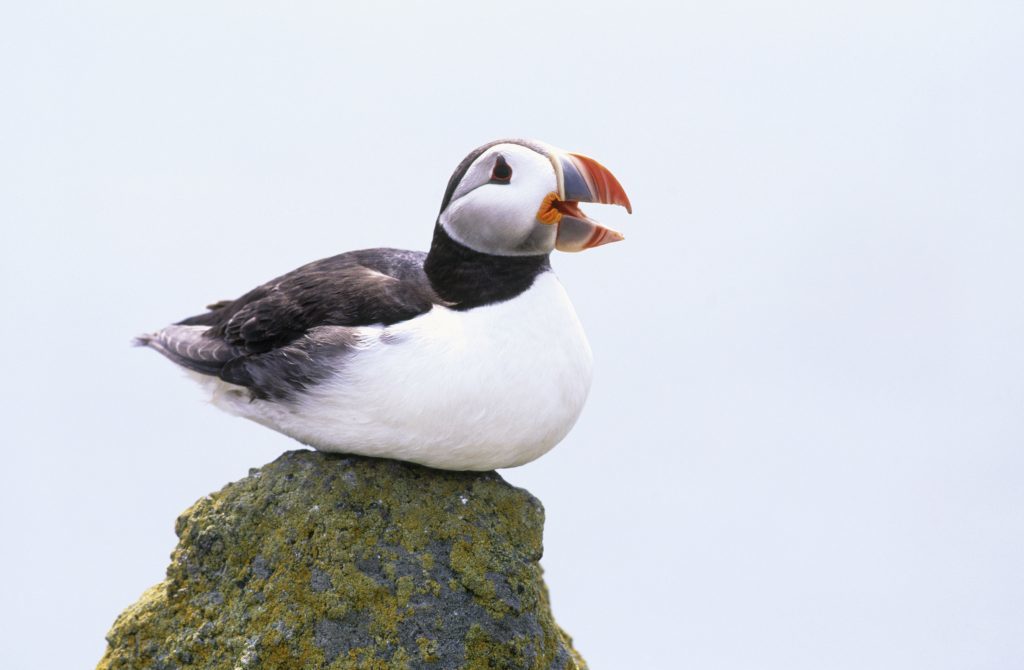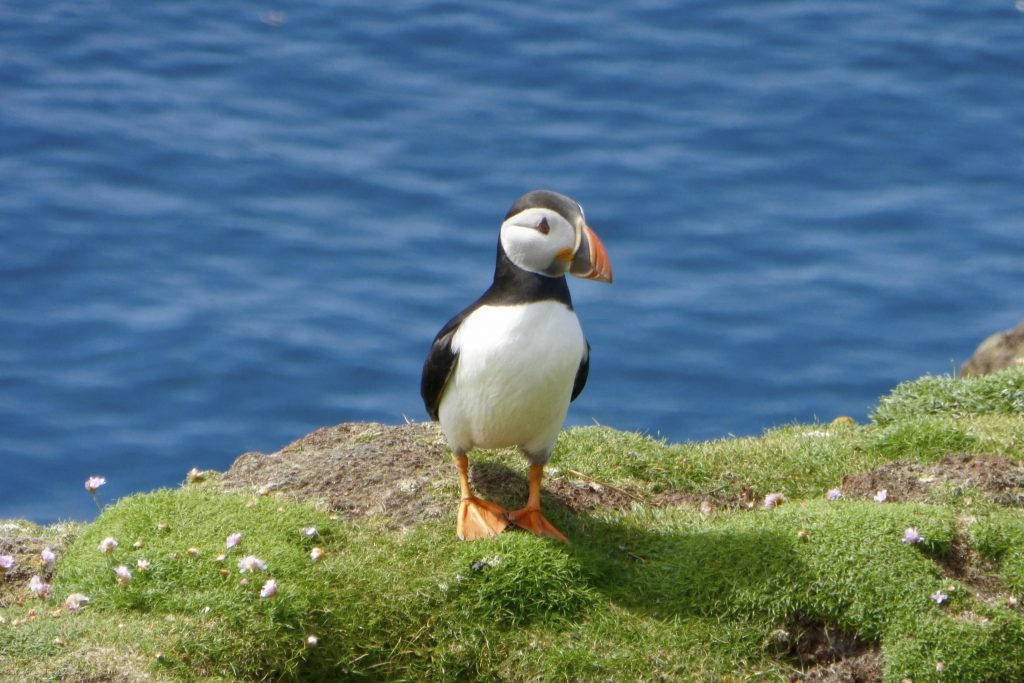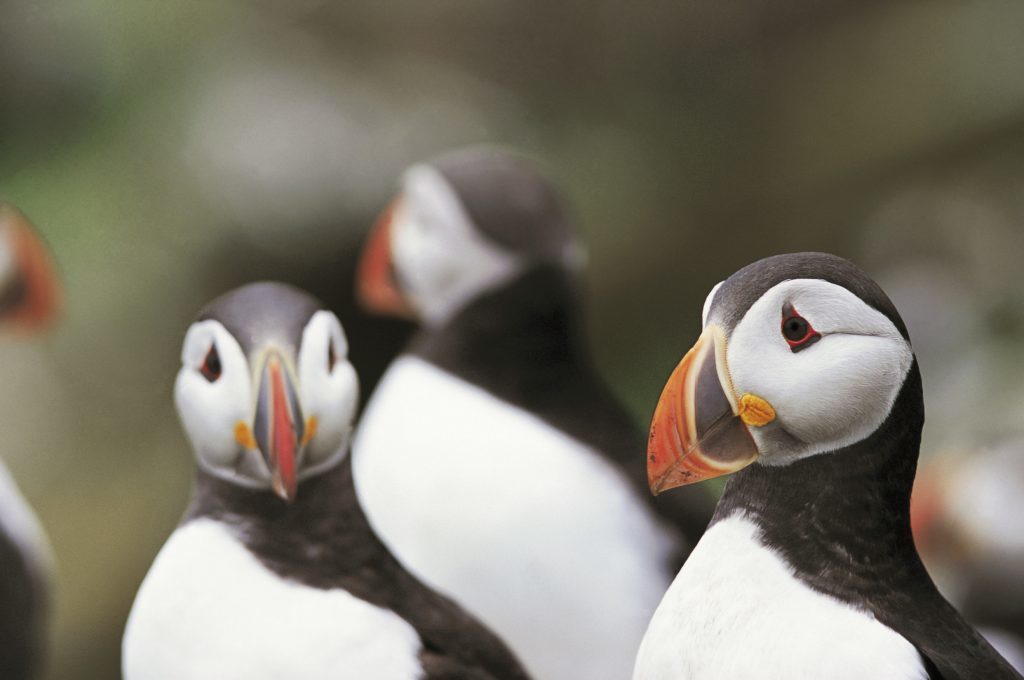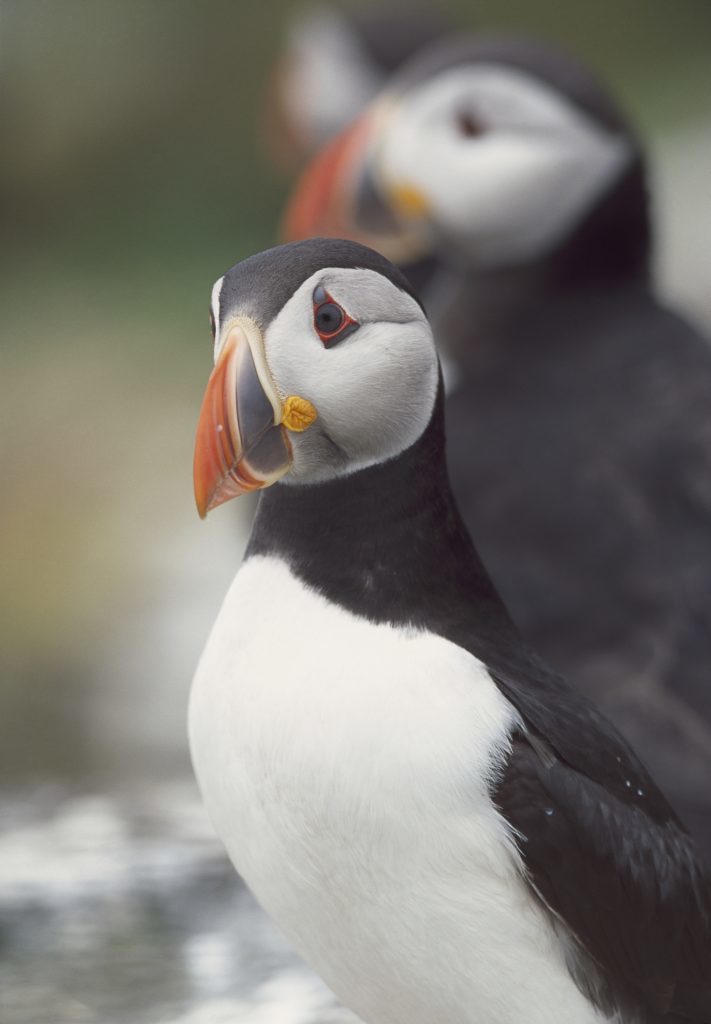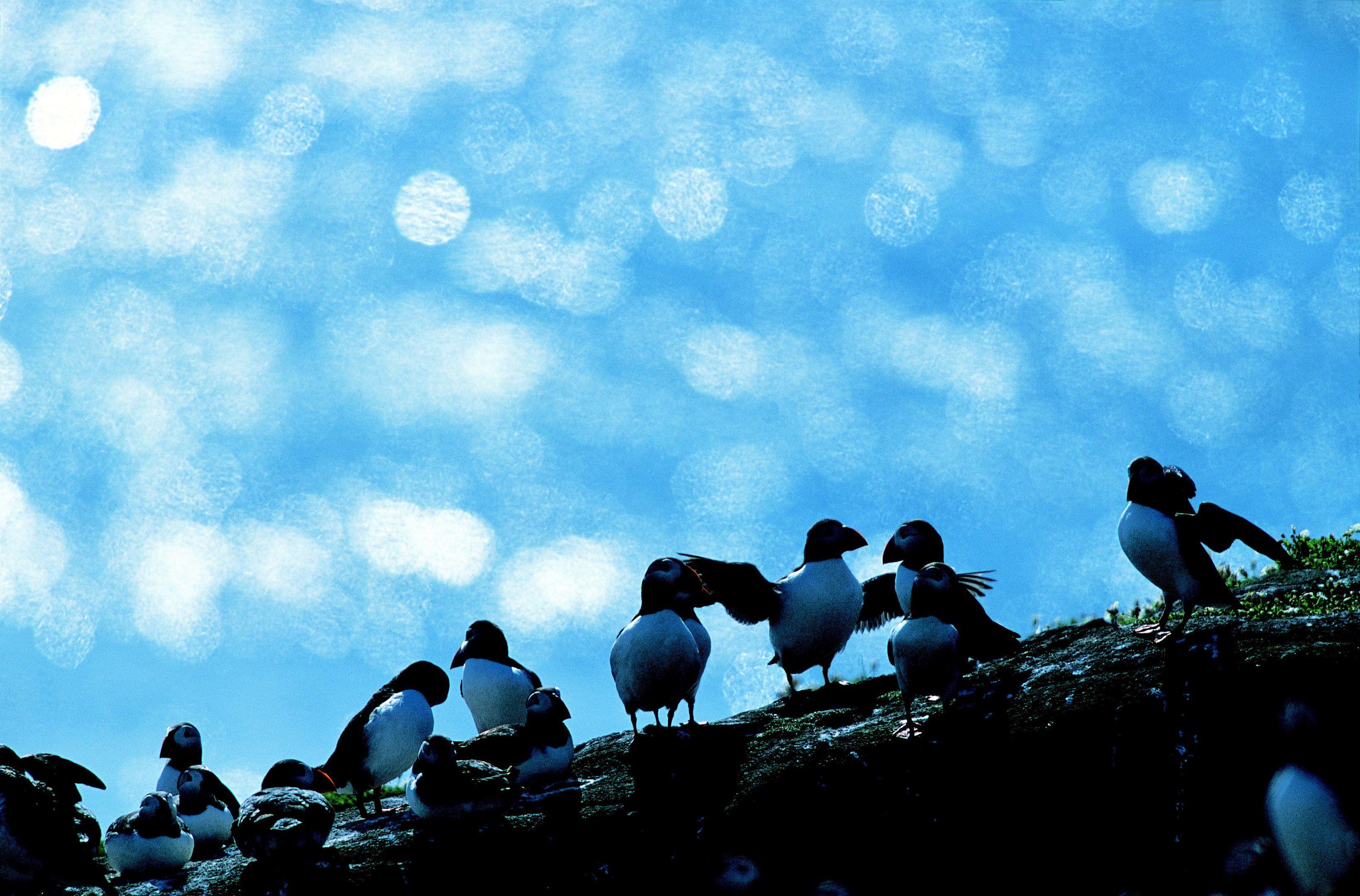
THIS summer RSPB Scotland is asking visitors to photograph puffin colonies around the UK and Ireland to play a vital role in a project aimed at helping puffin conservation. The organisation is asking people to become ‘Puffarazzi’ in an effort to try and discover more about what puffins feed their chicks.
Over the summer months puffins breed along the shore and many people flock to visit their colonies. Sadly, puffin numbers have plummeted in recent years across the UK and Europe, leading to the species being declared vulnerable to global extinction.
Now, visitors to these colonies can play a part in a new project by photographing puffins carrying fish for their chicks in June and July and uploading the images to a dedicated webpage – www.rspb.org.uk/projectpuffin. RSPB Scotland will analyse the photos and identify the fish to build up a picture of what puffins around the UK and Ireland are feeding their chicks.
Puffarazzi is part of Project Puffin, which launched earlier this year with support from the Heritage Lottery Fund Scotland.
Dr Ellie Owen, who is leading Project Puffin, said: “We’re really excited to be starting the Puffarazzi phase of Project Puffin. We know that many people love to visit puffin colonies during the summer and this part of the project gives them the chance to contribute to helping these much loved birds.
“Puffins are facing huge declines over the next 50 years – it’s estimated their numbers will go down by between 50-70 percent by 2065 – so it’s really important that we act now to help them.
“Anyone can take part in Puffarazzi – there are some easy steps to follow to ensure that the information being gathered by the images submitted is scientifically robust, and that puffins, and other wildlife, aren’t disturbed while the photos are taken.”
Guidance for Puffarazzi can be found on the Project Puffin webpage and covers how to avoid disturbing puffins as they photograph them. This includes avoiding spending more than a couple of minutes photographing a puffin carrying fish, keeping movements and noise to a minimum, not walking near or over puffin burrows, and keeping at least five metres away from puffins at all times. There is also advice on how to take the photos to ensure that the images capture the scientific information needed by the project, how to stay safe while photographing the birds and an online portal where the images can be uploaded.

Enjoy the convenience of having The Sunday Post delivered as a digital ePaper straight to your smartphone, tablet or computer.
Subscribe for only £5.49 a month and enjoy all the benefits of the printed paper as a digital replica.
Subscribe